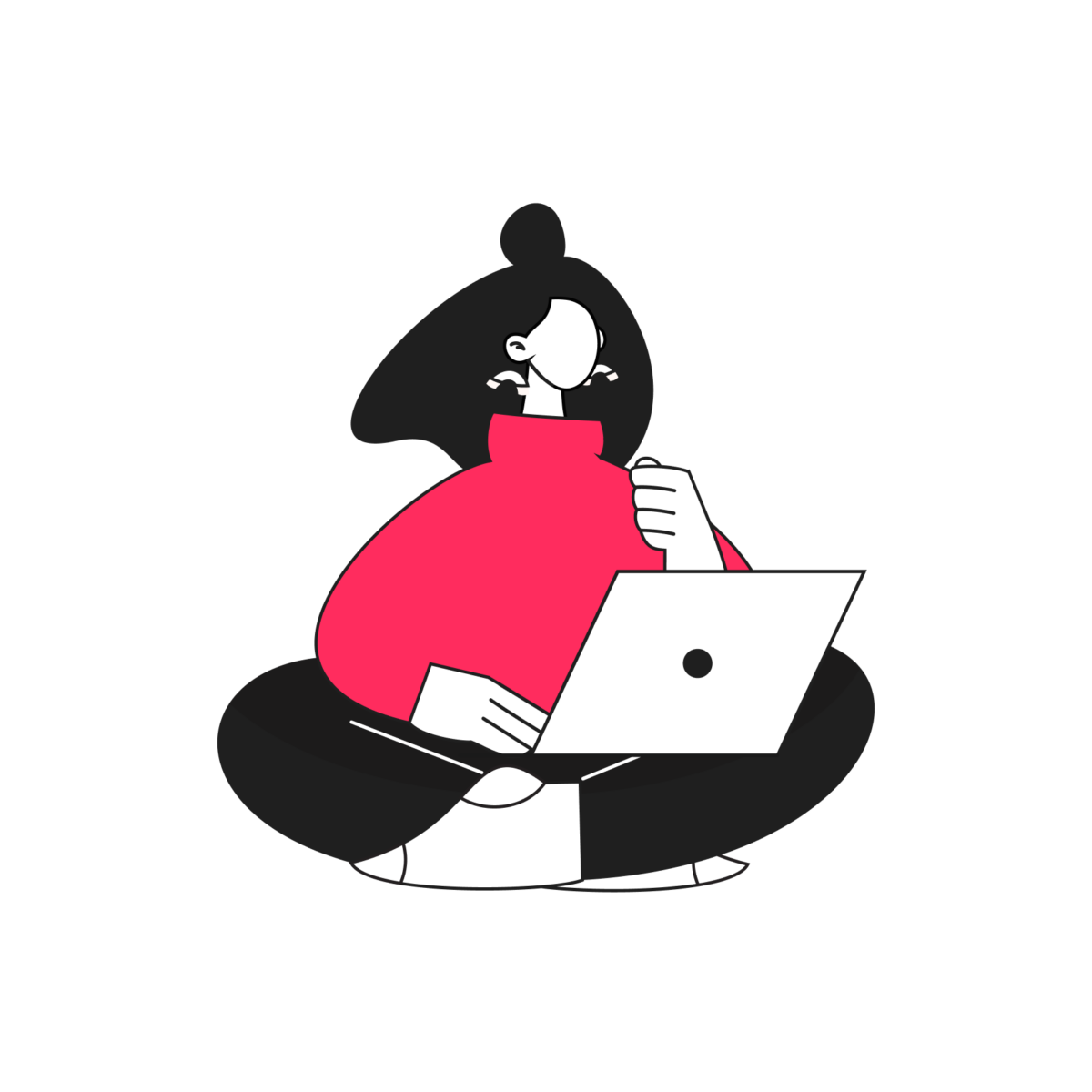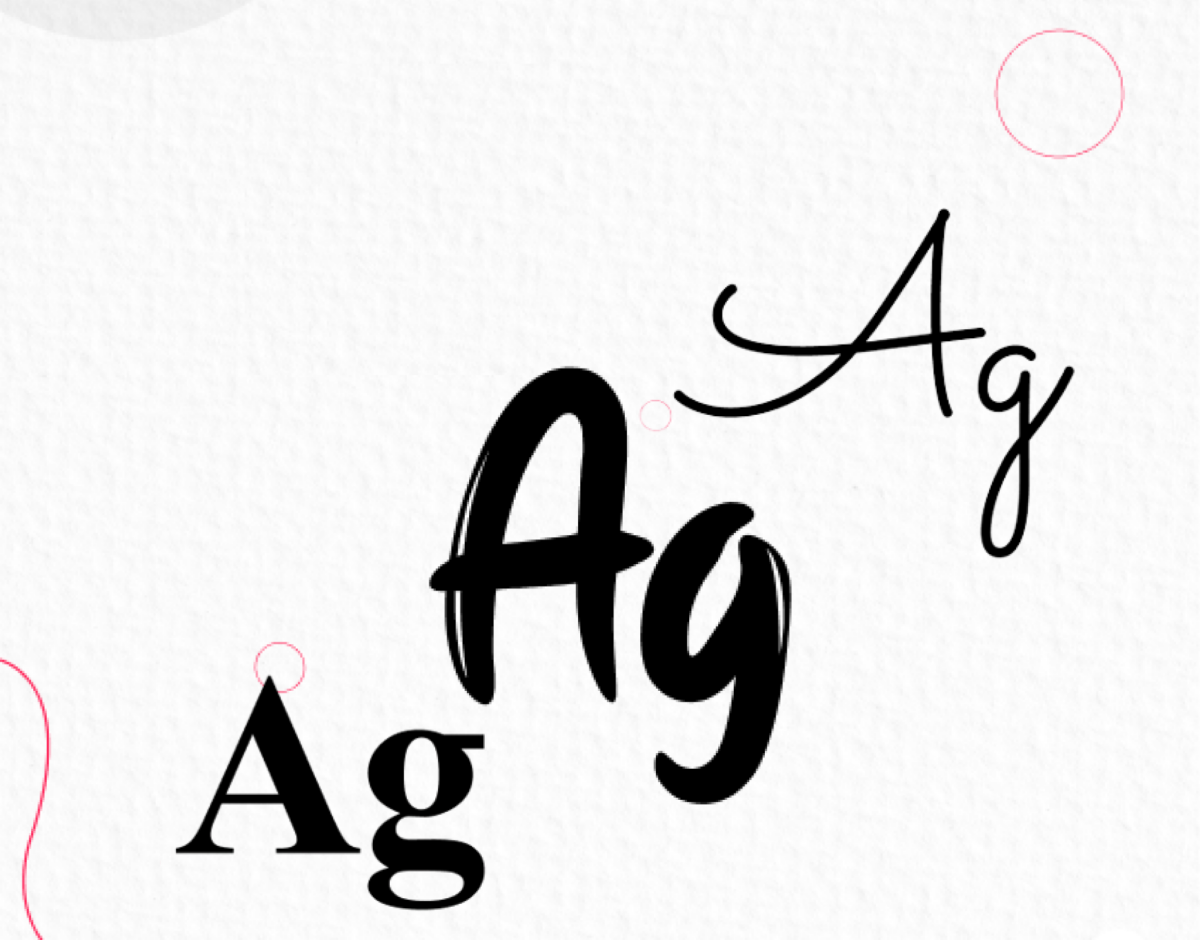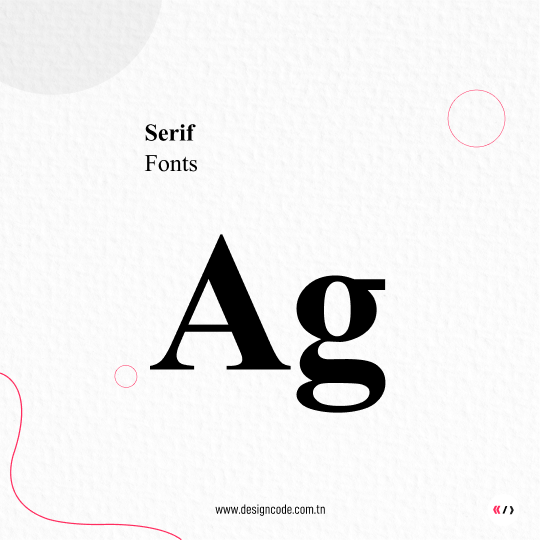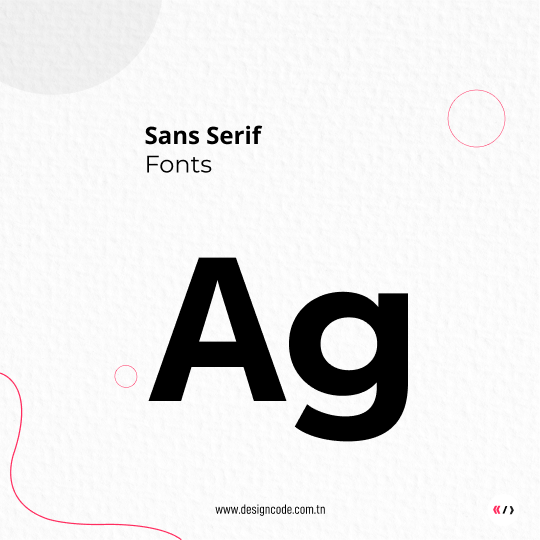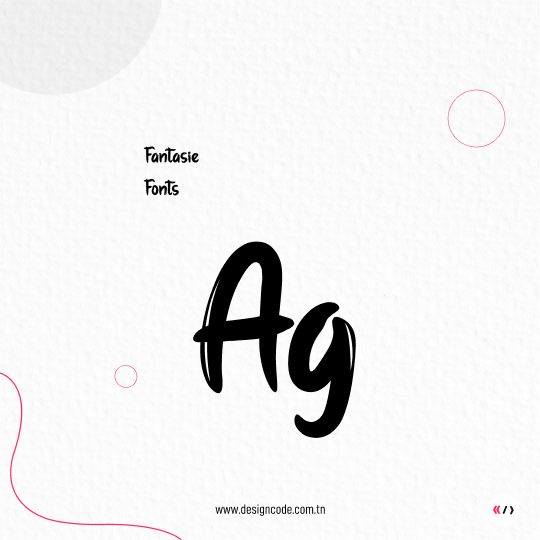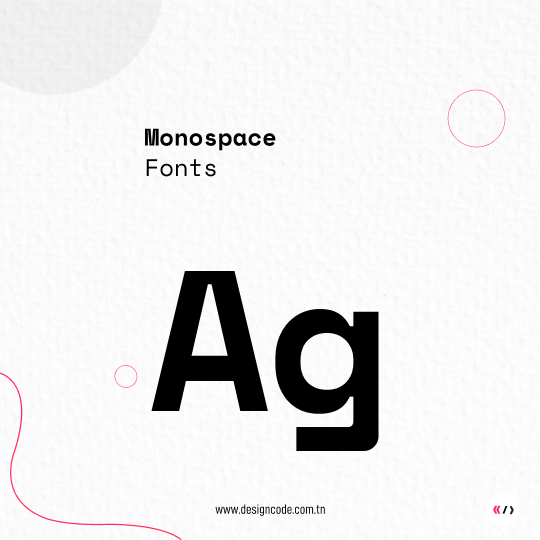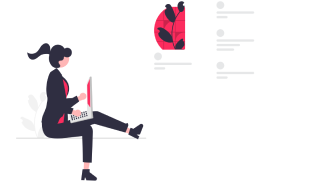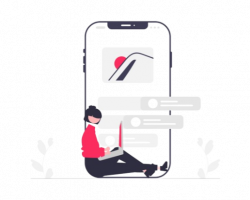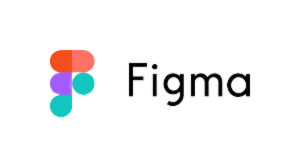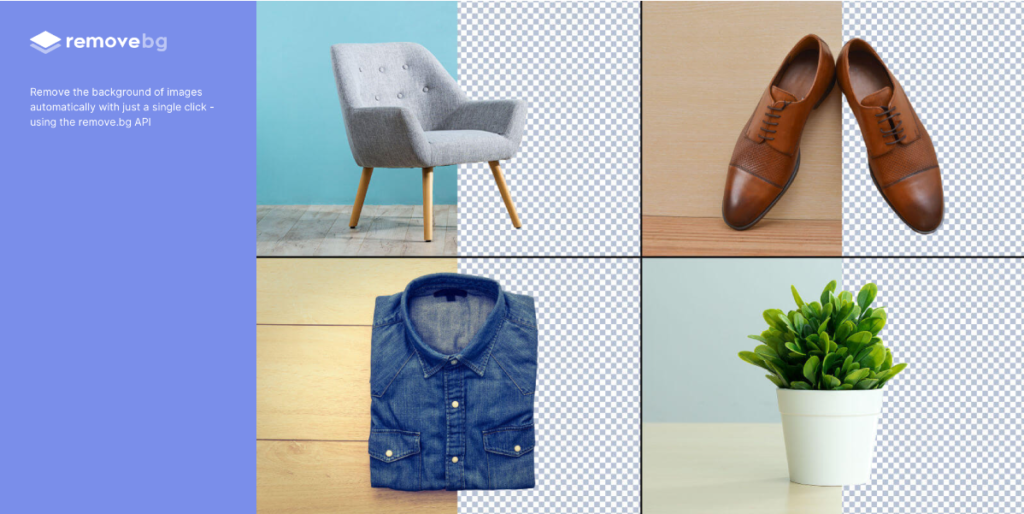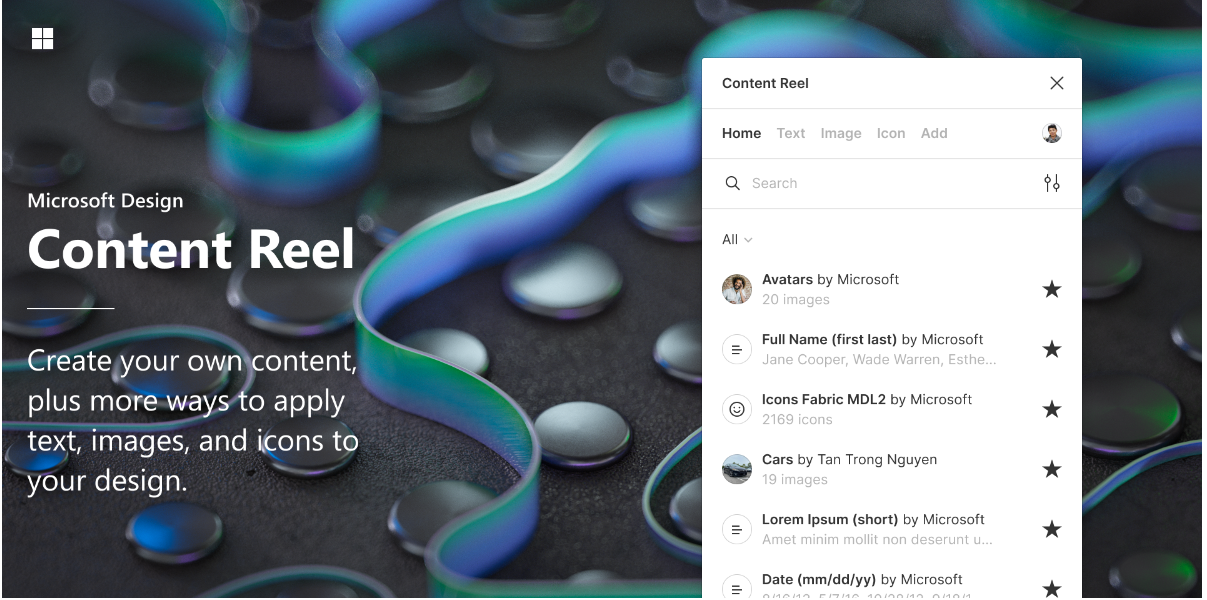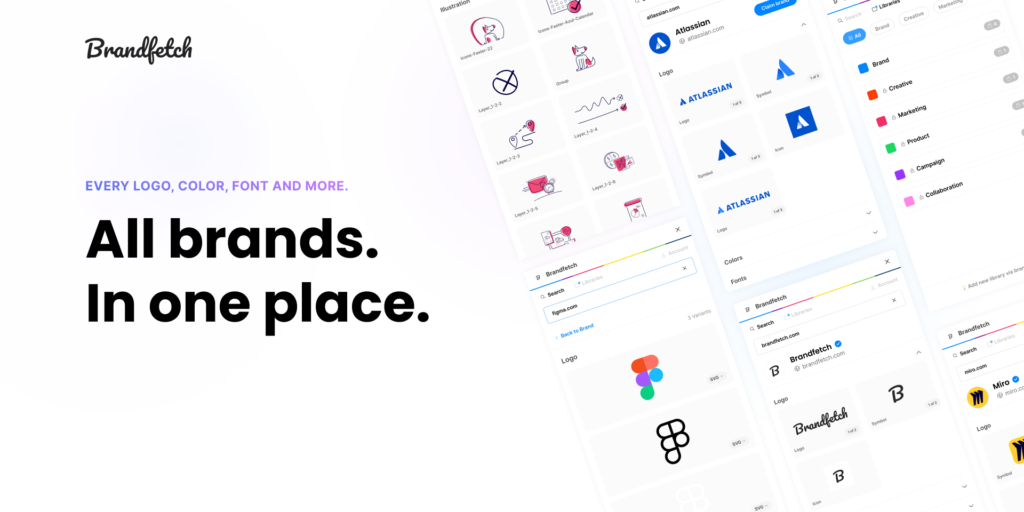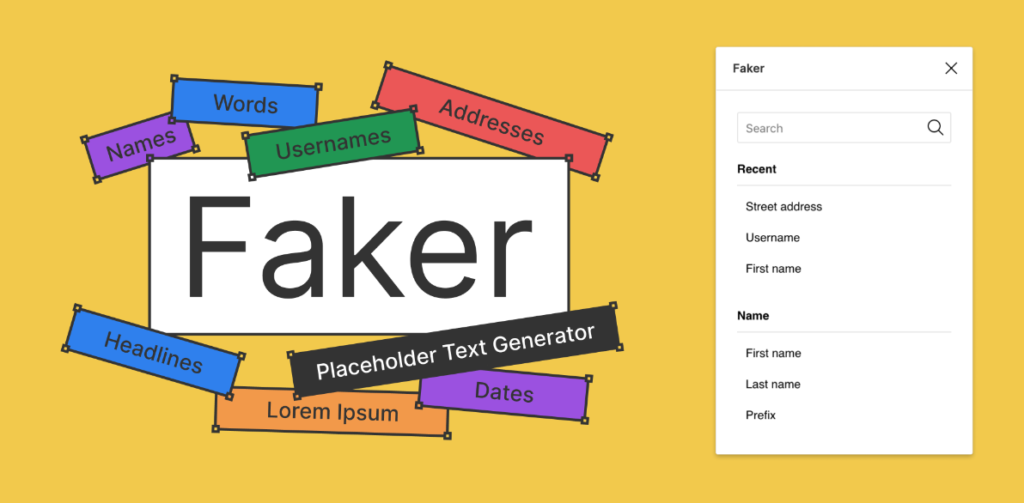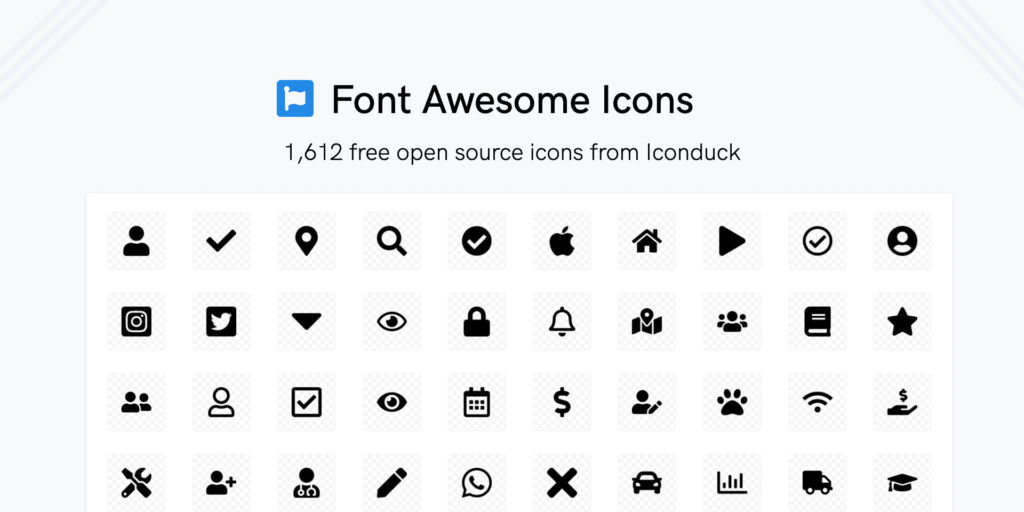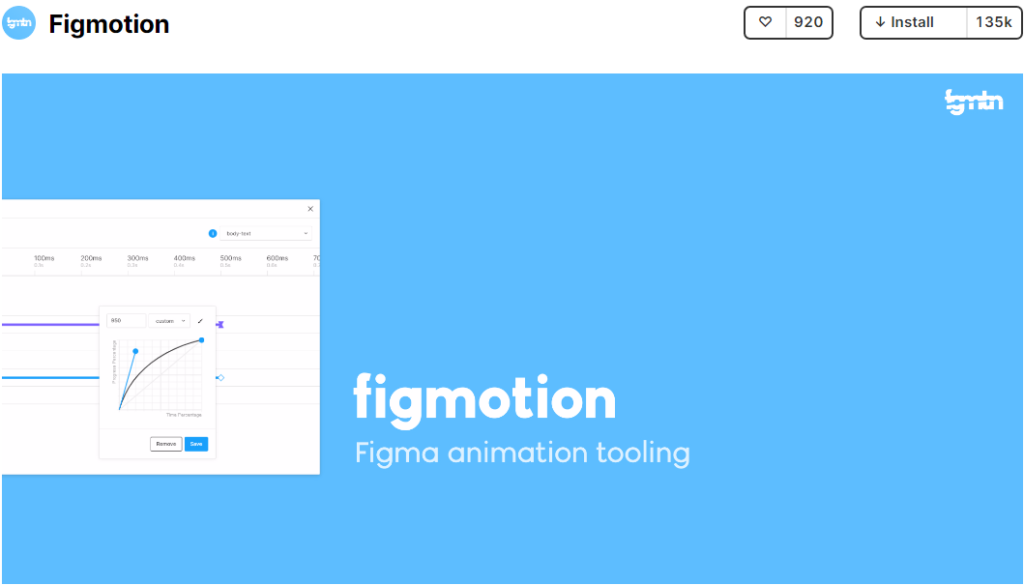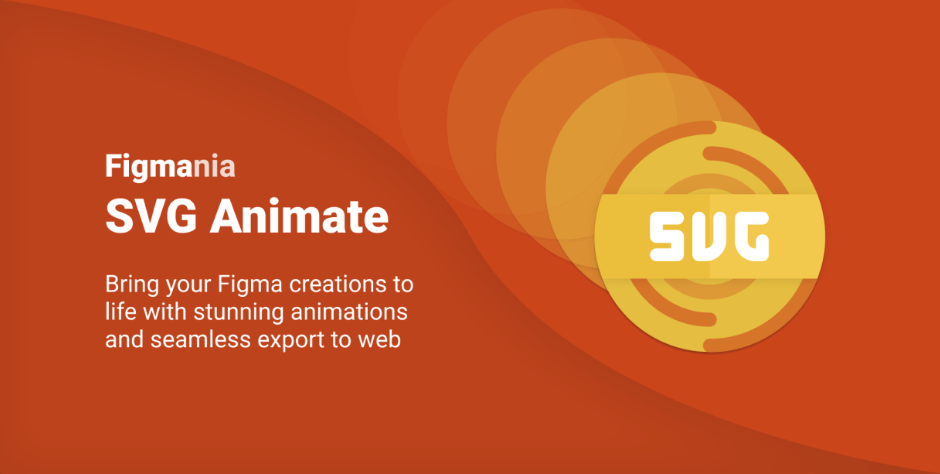Building an impressive portfolio: Tips and Tools with Figma
In today’s competitive job market, having a strong portfolio is essential for designers and creative professionals. Your portfolio is your calling card, showcasing your skills, creativity, and the unique value you bring to potential employers or clients. In this guide, we’ll explore the key elements of a standout portfolio and how Figma can be your secret weapon in crafting one that truly shines.
Why a great portfolio matters
A portfolio is more than just a collection of your work—it’s a visual resume that tells your story as a designer. It’s your chance to make a first impression and demonstrate your ability to solve problems, think creatively, and produce high-quality work. Whether you’re a seasoned professional or just starting out, a well-crafted portfolio can open doors to new opportunities and help you stand out in a crowded field.
Key elements of a strong portfolio
- Showcase your best work: Quality over quantity is crucial. Select pieces that highlight your strongest skills and most impressive projects. Each piece should serve a purpose and demonstrate a particular aspect of your talent.
Tell a story: Each project should have a narrative. Explain the problem you were trying to solve, your thought process, the steps you took, and the final outcome. This not only shows your technical skills but also your ability to think critically and creatively.
- Diverse skill set: Include a variety of work to show your versatility. If you’re skilled in multiple areas, such as UI/UX design, branding, and illustration, make sure your portfolio reflects this diversity.
- Keep it updated: Regularly update your portfolio with your latest work. This shows that you are active in your field and continuously improving your skills.
User-Friendly design: Your portfolio itself should be an example of good design. Ensure it’s easy to navigate, visually appealing, and accessible.
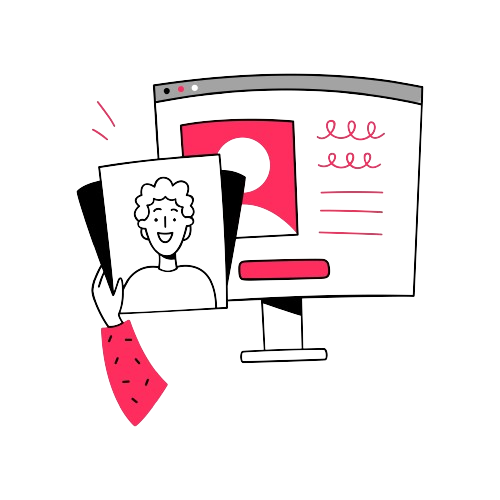
Why use Figma for your portfolio?
Figma is a powerful, collaborative design tool that’s perfect for creating professional portfolios. Here are some reasons why Figma stands out:
Real-Time collaboration: Figma allows for seamless collaboration with team members or clients, making it easy to gather feedback and make improvements.
Versatile and powerful: From wireframing to high-fidelity designs, Figma handles all stages of the design process. Its robust feature set ensures you can bring your most creative ideas to life.
Cloud-Based: Your work is always backed up and accessible from anywhere, making it easy to work on your portfolio whenever inspiration strikes.
Community and resources: Figma has a vibrant community and a wealth of resources, including plugins, templates, and tutorials, to help you create a stunning portfolio.

Steps to create your portfolio with Figma
- Plan your layout: Start by sketching out the structure of your portfolio. Consider how you want to present your work and the flow of information.
- Design your pages: Use Figma to create clean, visually appealing pages. Make use of grids and guides to ensure a consistent and professional look.
- Add your projects: Import your best work and arrange it in a way that tells a story. Include case studies that explain your design process and the impact of your work.
- Interactive elements: Take advantage of Figma’s prototyping features to add interactive elements to your portfolio. This can make your portfolio more engaging and showcase your ability to design interactive experiences.
- Feedback and refinement: Share your portfolio with peers or mentors to get feedback. Use Figma’s collaboration features to make real-time edits and improvements.
If you’re excited about the potential of creating a stunning portfolio with Figma but don’t know where to start, we have just the thing for you. Our Figma Bootcamp is designed to help you master the basics of Figma and create a professional portfolio that stands out.
In our comprehensive bootcamp, you will:
- Learn the essential features of Figma and how to use them effectively.
- Get hands-on experience with real-world projects.
- Receive guidance from industry experts.
- Connect with a community of designers.
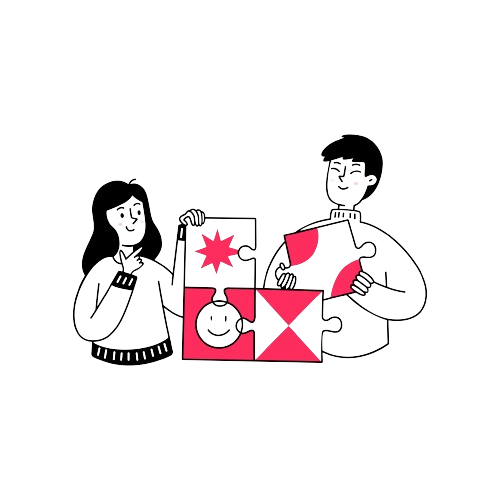
Ready to take your portfolio to the next level? Join us at our Figma Bootcamp and start building a portfolio that opens doors to new opportunities!
